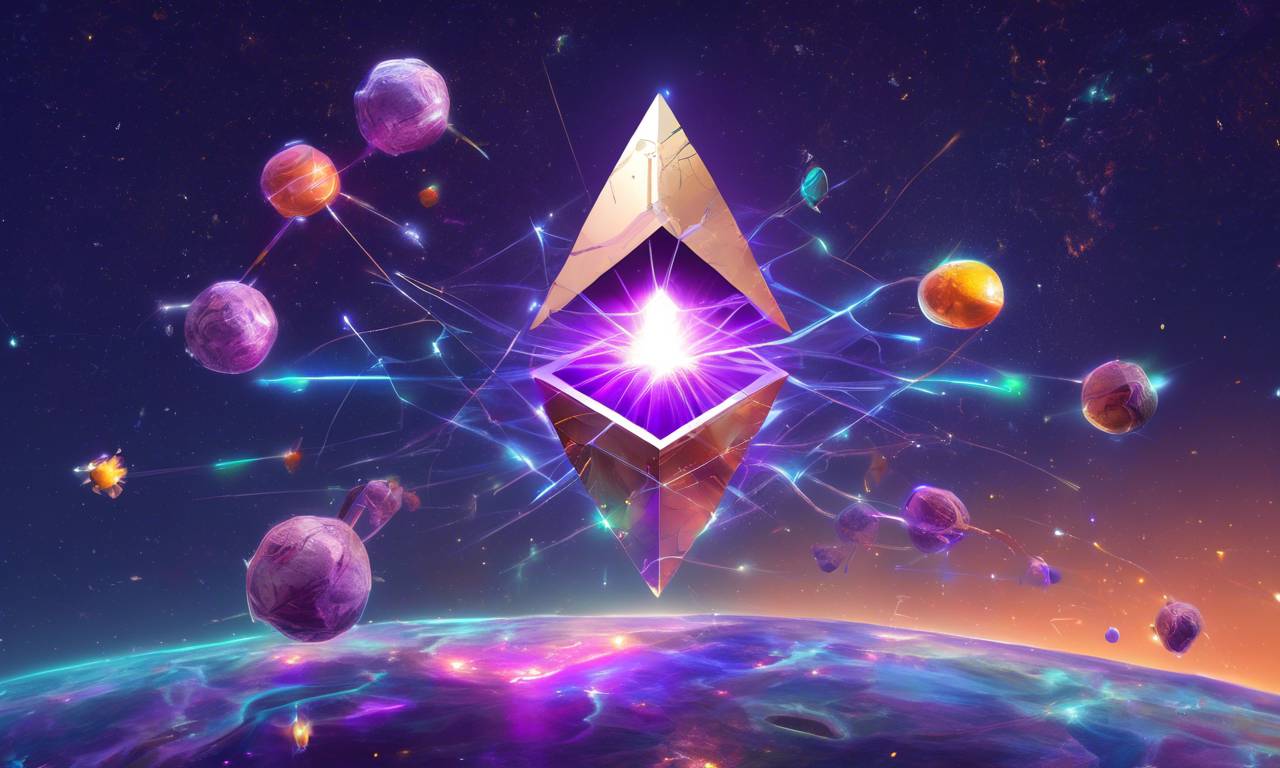What to Expect from the 2024 Bitcoin Halving: Surprises and Shifting Incentives
As the fourth Bitcoin halving approaches, potential surprises may accompany this significant event. Scheduled to occur in April 2024, this halving marks a reduction in the Bitcoin supply subsidy from 6.25 BTC every block to 3.125 BTC per block. Such reductions happen roughly every four years, as part of Bitcoin’s gradual, disinflationary approach toward its final capped supply in circulation.
Bitcoin Finite Supply and Shifting Incentives
At the core of Bitcoin lies its finite supply of 21 million coins, a characteristic that has driven demand and belief in Bitcoin as a superior form of currency. The regular supply halving is a mechanism through which this finite supply is enacted, establishing predictability in supply and inflation rate.
Halvings fundamentally shift Bitcoin incentives over the long term. They facilitate a transition from miners being funded by newly issued coins to primarily being funded by transaction fee revenue from on-chain movements. Satoshi Nakamoto envisioned this shift in the Bitcoin whitepaper, foreseeing a future where transaction fees would eventually replace coin subsidies entirely.
Uncertainties in the Current Market Cycle
Historically, halvings have correlated with significant price appreciation in Bitcoin, mitigating the impact of reduced miner subsidies. However, recent market cycles have shown less dramatic price increases, raising concerns about the potential negative impact on miners.
As the 2024 halving nears, Bitcoin miners encounter a significant hurdle. The decrease in block reward means their earnings are effectively halved, adding pressure to their finances. Additionally, rising production expenses, highlighted by increased hash rate, further intensify these difficulties. However, miners have taken proactive steps to strengthen their positions. Measures such as raising funds through equity offerings and selling reserves demonstrate their readiness to address immediate risks.
With the inflation rate dropping below 1% for the first time, the reliance on fee revenue becomes crucial for miner sustainability.
What are the New Factors This Time?
1. Ordinal Inscription
Various digital collectibles, including simple images and custom BRC-20 tokens, can be uniquely inscribed onto specific satoshis, the smallest units of Bitcoin. This concept of ordinal inscription makes the activity on the network more lively. This shows that Bitcoin can do more than just process payments and get more people involved.
The concept of ordinals introduces a fresh perspective to the upcoming Bitcoin halving, unlike anything seen in previous halvings. Ordinals Theory revolves around tracking and claiming specific satoshis from blocks based on their transaction history, assigning rarity values to them. With each block producing an ordinal, the first block of each difficulty adjustment generates a “rare” sat, and the first block of each halving cycle yields an “epic” sat.
This halving marks the first widespread adoption of Ordinal Theory by a subset of Bitcoin users. The emergence of the “epic” sat, coupled with market demand, could lead to its valuation far exceeding the coinbase reward itself.
The potential for such a high valuation incentivizes miners to compete for it by reorganizing the blockchain immediately after the halving. While similar reorganizations occurred during the first halving, this time, the incentive isn’t based solely on ignoring consensus rules but rather on securing the right to mine a highly valued coinbase.
Although there’s no guarantee of a reorganization, the significant financial incentive for miners to do so cannot be overlooked. The duration of any reorganization depends on the perceived value of the “epic” sat in compensating for lost revenue from the block fight, rather than advancing the chain.
These inscriptions, which represent digital collectibles inscribed onto specific satoshis, have revitalized on-chain activity, generating significant transaction fees for miners and demonstrating the potential for new revenue streams within the Bitcoin ecosystem.
2. Shift Towards Institutional Adoption
The increasing interest from institutional investors in crypto assets indicates a shift towards more mature market behavior. This shift is characterized by a decrease in volatility and a growing preference for sophisticated investment strategies. It marks a significant transition in crypto investment, with institutional players moving away from mere speculation towards adopting strategic, long-term positions.
Additionally, the growing adoption of Bitcoin ETF(s) is a potential game-changer. They offer a simpler avenue for both institutional and retail investors to enter the Bitcoin market without navigating the complexities of direct cryptocurrency ownership. This rising popularity could potentially absorb any selling pressure resulting from events like the halving, thereby mitigating adverse effects on the market.
Conclusion
The upcoming Bitcoin halving in April 2024 promises important shifts in the cryptocurrency landscape. As Bitcoin’s finite supply diminishes, reliance on transaction fees becomes crucial for miner sustainability. This halving stands out due to factors like ordinal inscriptions and institutional adoption. Ordinal inscriptions introduce rarity values, incentivizing miners with high valuations. Meanwhile, growing institutional interest and Bitcoin ETF popularity suggest a maturing market, potentially mitigating adverse effects. As the halving approaches, these dynamics highlight Bitcoin’s evolution and resilience amid market uncertainties.
🔥 Hot Take: The Future of Bitcoin Halvings
With the 2024 Bitcoin halving just around the corner, there are several factors to consider that could shape the future of this significant event:
1. Evolving Incentives:
- The transition from coin subsidies to transaction fee revenue will continue to shape the behavior of Bitcoin miners.
- Ordinal inscriptions and the potential for high valuations may incentivize miners to compete for rare and epic sats.
2. Institutional Adoption:
- The increasing interest from institutional investors and the popularity of Bitcoin ETFs could help stabilize the market during halvings.
- This growing adoption indicates a shift towards more mature market behavior and strategic, long-term positions.
As the 2024 halving approaches, these factors highlight the potential surprises and shifting incentives that may accompany this significant event. Bitcoin continues to evolve and adapt, demonstrating its resilience in an ever-changing market.





 By
By
 By
By
 By
By
 By
By
